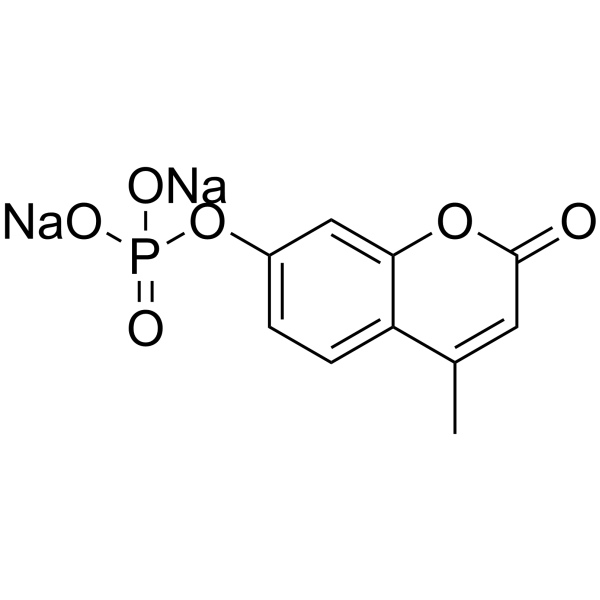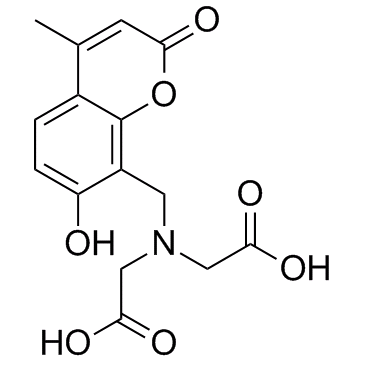| Structure | Name/CAS No. | Articles |
|---|---|---|
 |
Disodium 4-methyl-2-oxo-2H-chromen-7-yl phosphate
CAS:22919-26-2 |
|
 |
4-Methylumbelliferyl phosphate
CAS:3368-04-5 |
|
 |
Calcein Blue
CAS:54375-47-2 |